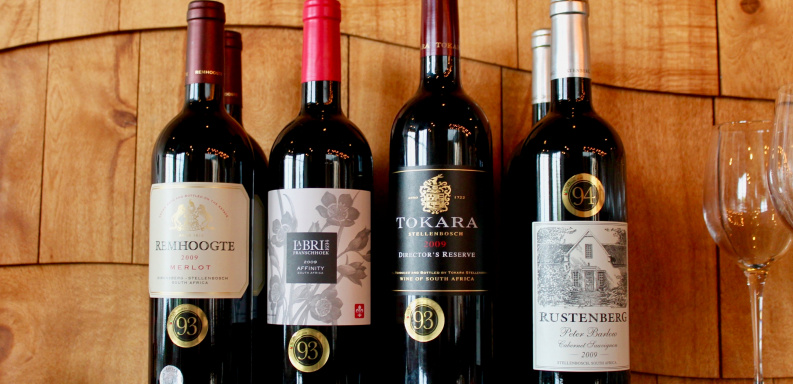Coming of age
By Angela Lloyd | 21st March 2019
The remarkable ageing ability of South African red wines from the 1940s to roughly end of 1970s has been recognised by both local and, importantly, international tasters over the course of several years. One of the first old wine tastings, which alerted winelovers and winemakers to their quality, was organised by Michael Fridjhon prior to the Trophy Wine Show; it is now an annual event.
The remarkable ageing ability of South African red wines from the 1940s to roughly end of 1970s has been recognised by both local and, importantly, international tasters over the course of several years. One of the first old wine tastings, which alerted winelovers and winemakers to their quality, was organised by Michael Fridjhon prior to the Trophy Wine Show; it is now an annual event.
The opportunity for the younger generation of winemakers to experience these old wines – lighter in alcohol, fresh, dry with their flavours unencumbered by new oak – has proved a valuable eye-opener and no doubt left its mark on many of their wines.
As those wines were a snapshot of their times, so were the red wines of the 1980s, when new small wood began to fill cellars. Vineyards were full of virused vines, which struggled to fully ripen; the results were frequently unbalanced and oak-dominated.
By the early 2000s, cleaned up vine material allowed for easier ripening; sugar levels shot up, as did alcohols. Over-ripe, jammy wines then acidified, were often a consequence, but quality-driven producers were by now more fixated on the vineyards and reining back on oak. It took two notable vintages, 2003 and 2009, to highlight the very real progress being made, including ageability, an important duty of a fine wine.
The first 10-year-old wine awards organised by Winemag, the independent website of which Christian Eedes is editor, were held in 2013; an annual event since 2017, it’s open to red, white, dessert, fortified and sparkling wines.
Although this year there were 92 wines, covering all these categories and entered by 42 producers, one unfortunate limitation faced by many is a lack of back vintages, an invaluable source of reference on ageing. This is something producers need to address.
Scoring on the 100 point system, the judges rated ten wines 93 or more; these were poured at the awards lunch held at Tokara with the winning producers.
Whereas in the past, the focus has been on red wines, whites are now showing their 10-year-staying and development power. It was encouraging, if not surprising, that the top five white wines are closed with screwcaps (reds are all under cork). Not only do the three presented at the awards – Tokara Director’s Reserve (Sauvignon Blanc-Semillon), Tokara Reserve Collection Stellenbosch Chardonnay and Raats Chenin Blanc - show excellent freshness but some convincing complexity.
Whether the five top-scoring reds – Bordeaux-style blends La Bri Affinity, Tokara Director’s Reserve Red; Rustenberg Peter Barlow Cabernet Sauvignon, Remhoogte Merlot and Haut Espoir Shiraz – have gained secondary flavours or just aged was the subject of much discussion over lunch. Age has certainly rounded youthful angularity and rawness in these big, ripe wines; most have a good few years still in them.
The be-medalled Nederburg Private Bin Eminence and Boplaas Cape Vintage Reserve (Port), the overall top scorer with 95, required less discussion, just admiration.
If 2009 represents the fruits of an excellent vintage in one era, perhaps the next will be the heralded 2015s, but we’ll have to wait for 2025 to see how they mature.
- Angela Lloyd
